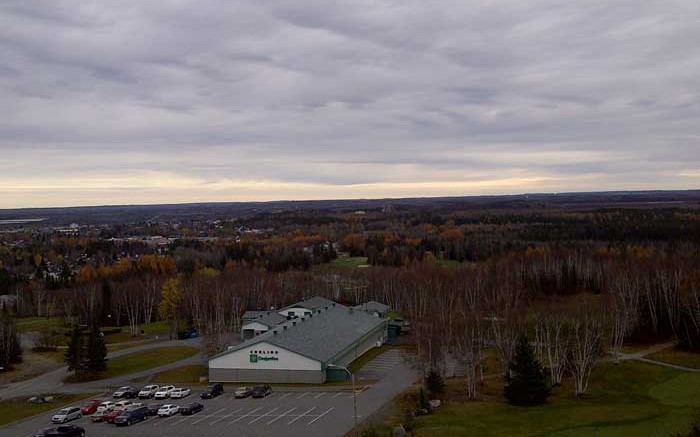Integra Gold’s (TSXV: ICG; US-OTC: KALRF) formula for getting through the current tough patch in the mining market is about as straightforward as it gets: the Vancouver-based company is driving its high-grade Lamaque gold project in Quebec into production.
It helps that the property sits within pizza-delivery distance of the legendary gold-mining town of Val-d’Or — and all the infrastructure that goes along with it — and mineralization at the property is similar to the nearby historic Lamaque mine, which turned out 4.4 million oz. gold over its long life.
But unlike the original Lamaque, where mineralization occurred in a large plug, Integra’s Lamaque property is made up of a series of mineralized plugs. So far the company has outlined resources on four of them: Fortune, Triangle, the No. 4 Plug and Parallel.
The plugs have a cumulative indicated resource of 2.84 million tonnes averaging 7.2 grams gold for 661,290 oz., and inferred resources of 738,000 tonnes grading 11.3 grams gold for 268,870 oz.
What is perhaps most impressive about the resource estimate, however, is its resilience to low gold prices. If the gold price falls into the US$1,100 or US$1,000 per oz. range, Integra would consider using a higher cut-off grade to bolster margins. The earlier mentioned resource estimate was calculated using a cut-off grade of 3 grams gold, but if the cut-off becomes 5 grams, the deposit still hosts 1.5 million tonnes of indicated resources with an average grade of 10.2 grams gold for 498,760 oz., and inferred resources of 488,500 tonnes grading 15.1 grams gold for 236,540 oz.
Of the four plugs clustered along a 3 km strike length, two stand out due to their higher grades, and they’re getting most of Integra’s attention. The company plans on sinking ramps into the Triangle and Parallel plugs later next year — both plugs are open laterally and at depth. And if historic deposits around town — such as Lamaque and Sigma — are any indication, gold may well be found at great depth.
Sigma, which produced 4.5 million oz. gold over its history, was mined to a depth of 2,000 metres, while mining at Lamaque went down 1,200 metres.
Integra’s ground is underlain by steeply dipping volcanic flows and pyroclastic units that are intruded by mafic plugs, dykes and sills. Gold mineralization is mesothermal vein-type and structurally controlled.
Parallel and Triangle have near-surface mineralization that is defined down to 400 metres. But the depth potential is also demonstrated by three holes at Triangle, which show mineralization down to 600 metres, and four holes at Parallel that show mineralization below 600 metres.
Neither Parallel nor Triangle have historic stopes, but the No. 4 plug does, and there are historic drifts at the No. 4 Plug and Parallel.
While Integra can only hope that one of its plugs will prove as bountiful as Sigma or Lamaque, it is taking care to avoid the same trap that doomed both mines in their later years. Century Mining and White Tiger Gold couldn’t make the two mines economic because they encountered less than expected when they dug deeper, while feeding a lot of ore into the large mill. The heavy dilution that ensued was noted as one of the reasons for the companies going bankrupt.
To avoid this, Integra has looked into processing ore at one of the six facilities within 25 km of its property.
A candidate for this may well be Agnico Eagle Mines (TSX: AEM; NYSE: AEM) and its Goldex mine. Since the mine ran into problems of its own a few years back and closed due to flooding, Agnico has turned to mining satellite deposits on the property, which means spare capacity at the mill.
But Integra isn’t spending all of its time sniffing out mills in the area. While other juniors are sitting on assets to conserve capital, Integra is being relatively aggressive, as it drives towards getting a preliminary economic assessment out by March 2014.
The company has two drills turning at the site, with aim of testing for extensions of the high-grade zones, new targets with induced-polarization signatures that are similar to the known plugs and infill drilling to expand resources.
Integra’s stock broke out of the 17¢ range at press time and was trading for 22¢. The company has 111.3 million shares issued and outstanding.


Be the first to comment on "Integra wants to add its name to Val-d’Or lore"